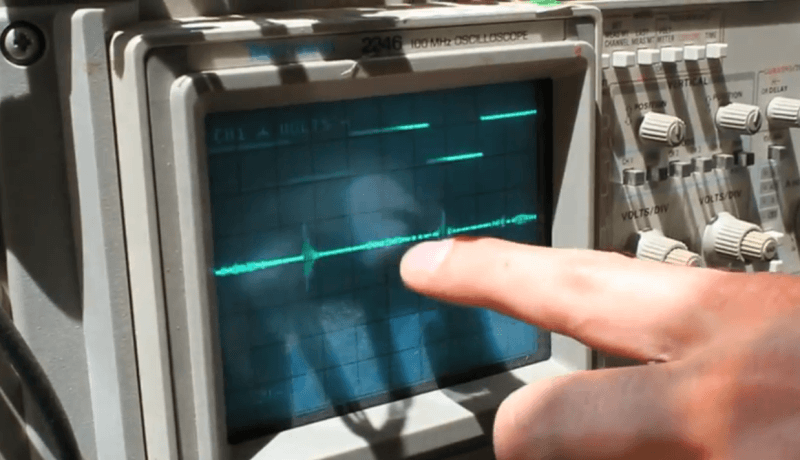Radar Sees Moving Objects Through Concrete Walls
November 09, 2011
on
on

Researchers at the Lincoln Laboratory of Massachusetts Institute of Technology (USA) have developed a radar that can detect moving objects behind a concrete wall. The S-band radar (10 cm) provides a real-time display of 10.8 frames per second and can be used at distances of 18 meters.
When you send radar waves through a wall, a large part of the electromagnetic energy is lost. Only 0.0025% of the signal reflected by objects behind the wall reach the receiver, making these objects nearly undetectable. The solution devised at MIT uses selective amplifiers to distinguish the signal reflected by the wall of signals reflected by the target behind the wall.
The real achievement lies not in seeing through a wall, but to do it in real time. For the real-time display, special algorithms exploit the differences between successive images. So stationary objects such as furniture are not visible but only moving objects. A living human body, even when holding still, always moves a little, so it is visible on radar.
In the video below Gregory Charvat, leader of the project, demonstrates the device.
It is primarily the military who will benefit from this invention but it can also aid rescue workers to see if someone is inside a burning building.
Originally posted: Elektor.fr
More information: MIT.edu
When you send radar waves through a wall, a large part of the electromagnetic energy is lost. Only 0.0025% of the signal reflected by objects behind the wall reach the receiver, making these objects nearly undetectable. The solution devised at MIT uses selective amplifiers to distinguish the signal reflected by the wall of signals reflected by the target behind the wall.
The real achievement lies not in seeing through a wall, but to do it in real time. For the real-time display, special algorithms exploit the differences between successive images. So stationary objects such as furniture are not visible but only moving objects. A living human body, even when holding still, always moves a little, so it is visible on radar.
In the video below Gregory Charvat, leader of the project, demonstrates the device.
It is primarily the military who will benefit from this invention but it can also aid rescue workers to see if someone is inside a burning building.
Originally posted: Elektor.fr
More information: MIT.edu
Read full article
Hide full article


Discussion (0 comments)